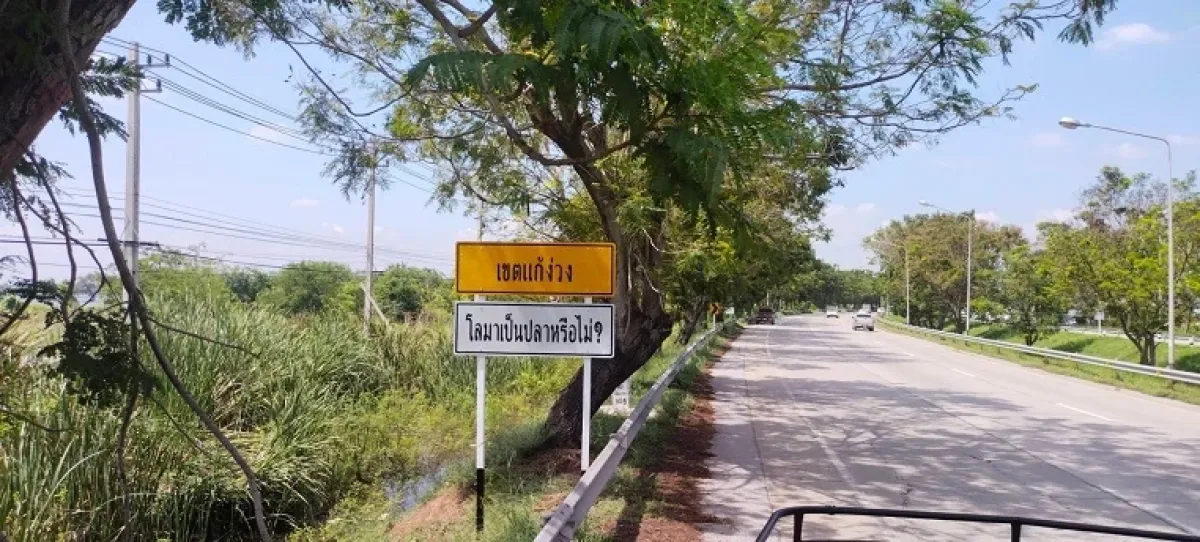
Many motorists on various routes may have encountered unusual signage such as "Anti-Drowsiness Zone", "Is a dolphin a fish?" or "Is a shark a whale?" Such signs may arouse curiosity or amusement among drivers, but did you know that they are part of a campaign to reduce accidents caused by drowsiness?
The Department of Highways in collaboration with Chulalongkorn University have conducted research to prevent and mitigate the impacts of accidents on highways due to drowsy driving. After finding that drowsiness was the third leading cause of road accidents after speeding and abrupt lane changing, the focus has been on studying measures to prevent accidents resulting from drowsy driving, with tools used to detect levels of fatigue or drowsiness including EMOTIVE brainwave scanners, Smartwatch heart rate monitors, motion capture cameras, and drowsiness assessment questionnaires.
The experiment was divided into two parts: The first was laboratory testing using a driving simulator to simulate various measures, combining different types of signs and rumble strips. The second was field testing on three pioneer areas where "Anti-Drowsiness Zone" signs have been installed:
Testing in these pioneering areas, combined with driver surveys, clearly demonstrated that introducing special signage to stimulate alertness (question-answer signs) can invigorate drivers by requiring them to think, reducing drowsiness. Additionally, using standard signs in conjunction with transverse rumble strips can increase effectiveness by both maintaining alertness and making signs more noticeable.
To implement the special alertness-boosting signage (question-answer signs) in real areas, questions should be diversified, perhaps changing every 1 - 3 months, to reduce monotony and keep things fresh for road users. However, the effectiveness of these measures should be considered in conjunction with the environmental conditions of each route, such as sign installation on the roadside, parking on road shoulders, landscape improvements along the route, and rest stops.
This project's research helps to understand factors and causes leading to the risk of drowsy driving, providing direction for suggesting future preventive measures for highway accidents.
Data updated on March 21, 2023
Source: The office of secretary of the Department of Highways
Tel. +66 2354 6668
For more information